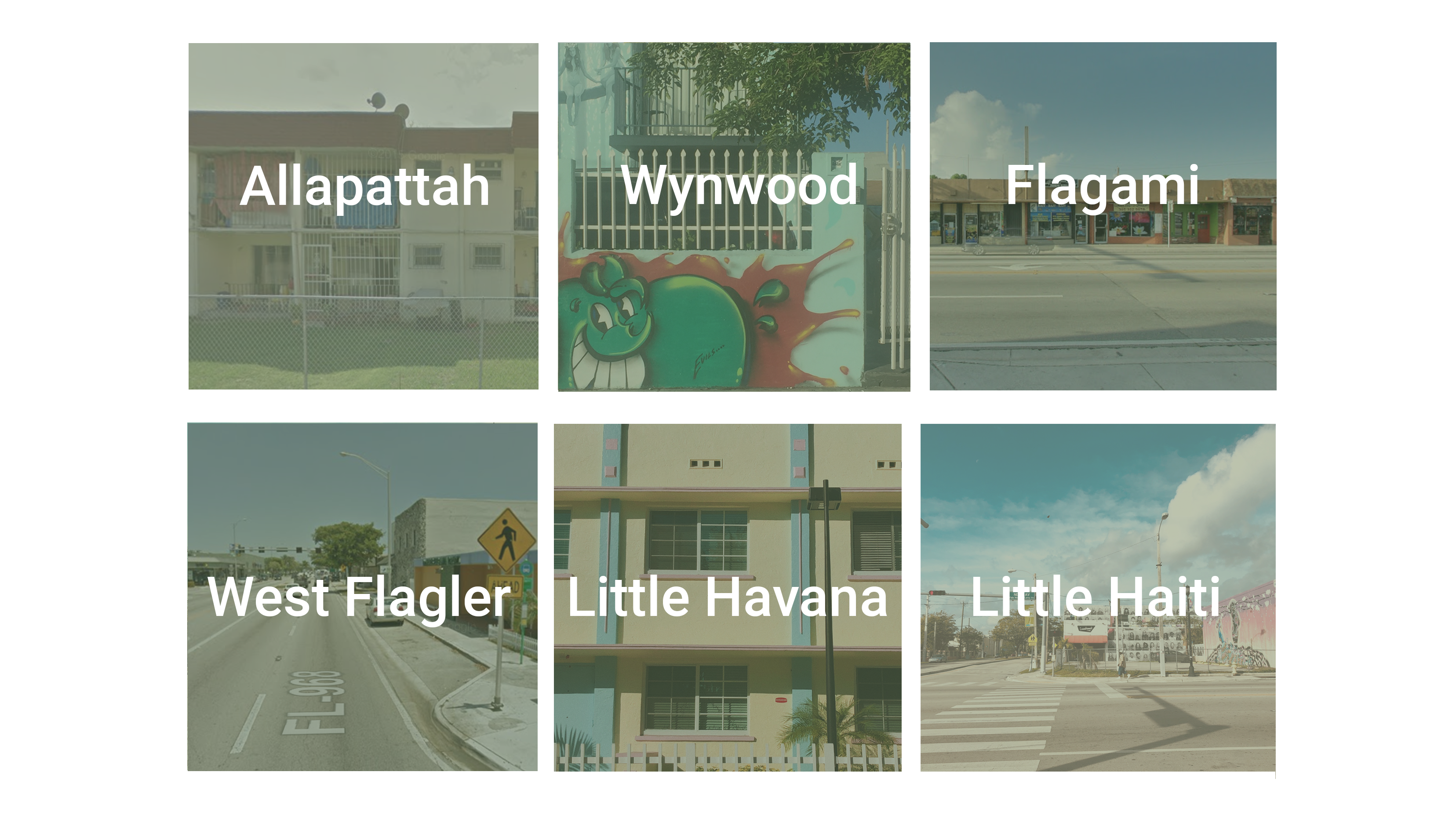A significant share of Miami’s affordable housing supply is in privately owned, unsubsidized naturally occurring affordable housing (NOAH). These NOAH units are typically in distressed, older, small multifamily buildings and in subdivided single-family homes across Miami-Dade County.
Typical Characteristics of NOAH in Miami
- Smaller: Small or mid-sized buildings with 2-9 units
- Older: Built before 1980
- Distressed: Deterioration resulting from deferred maintenance
- Lower rents: Rents affordable to low and moderate-income households
Source: Urban Institute, 2017 & Enterprise Community Partners, 2017.
According to the Urban Institute, various areas in Miami contain a sizable supply of housing built before 1980 with below-average rents that are more affordable to low and moderate-income households. These neighborhoods include Allapattah, Little Haiti, Little Havana, and Overtown. The Urban Institute also found a substantial reduction in Miami’s NOAH units between 2000 and 2015 due to rapid development and population growth, thereby limiting the supply of much-needed affordable housing.




